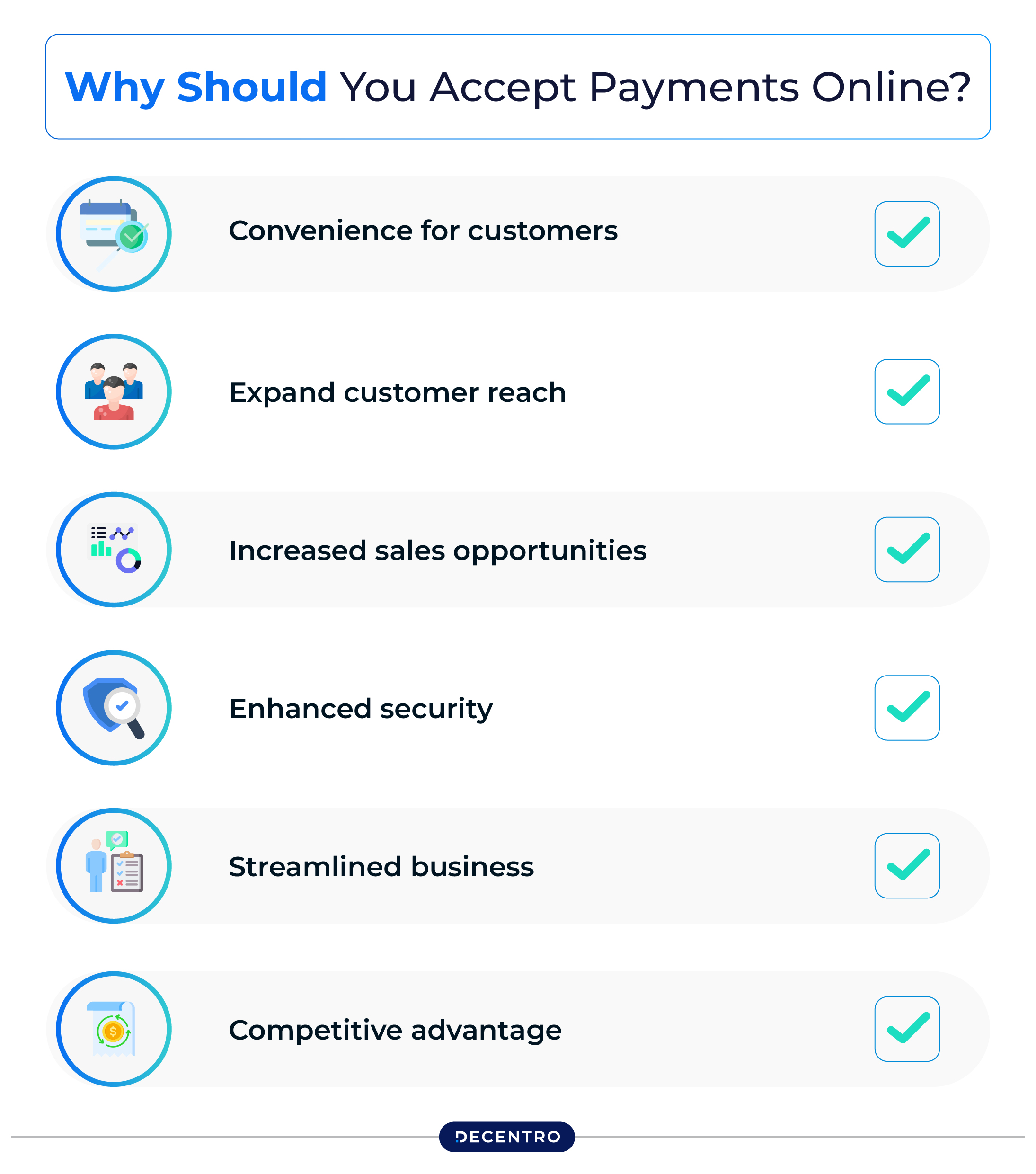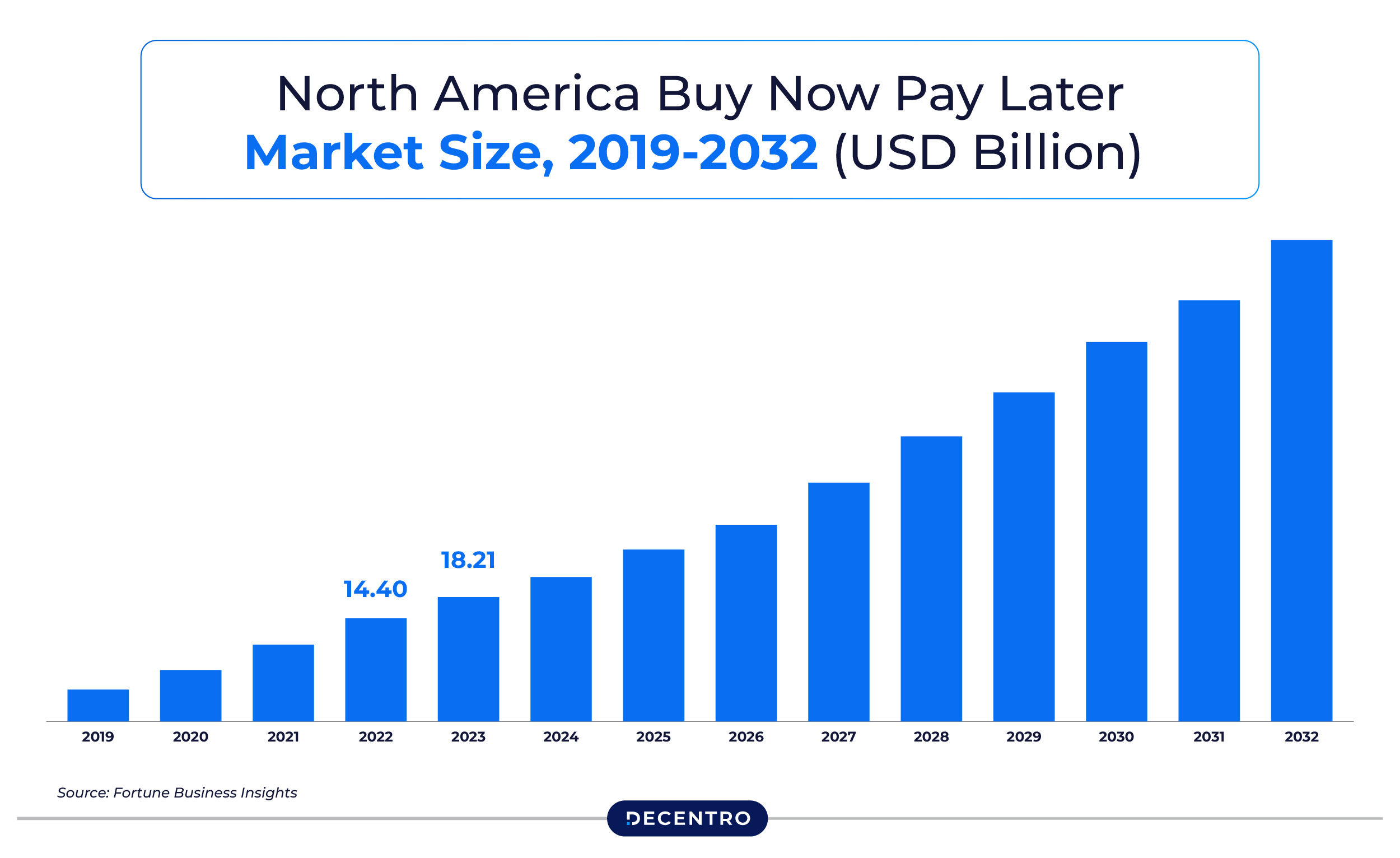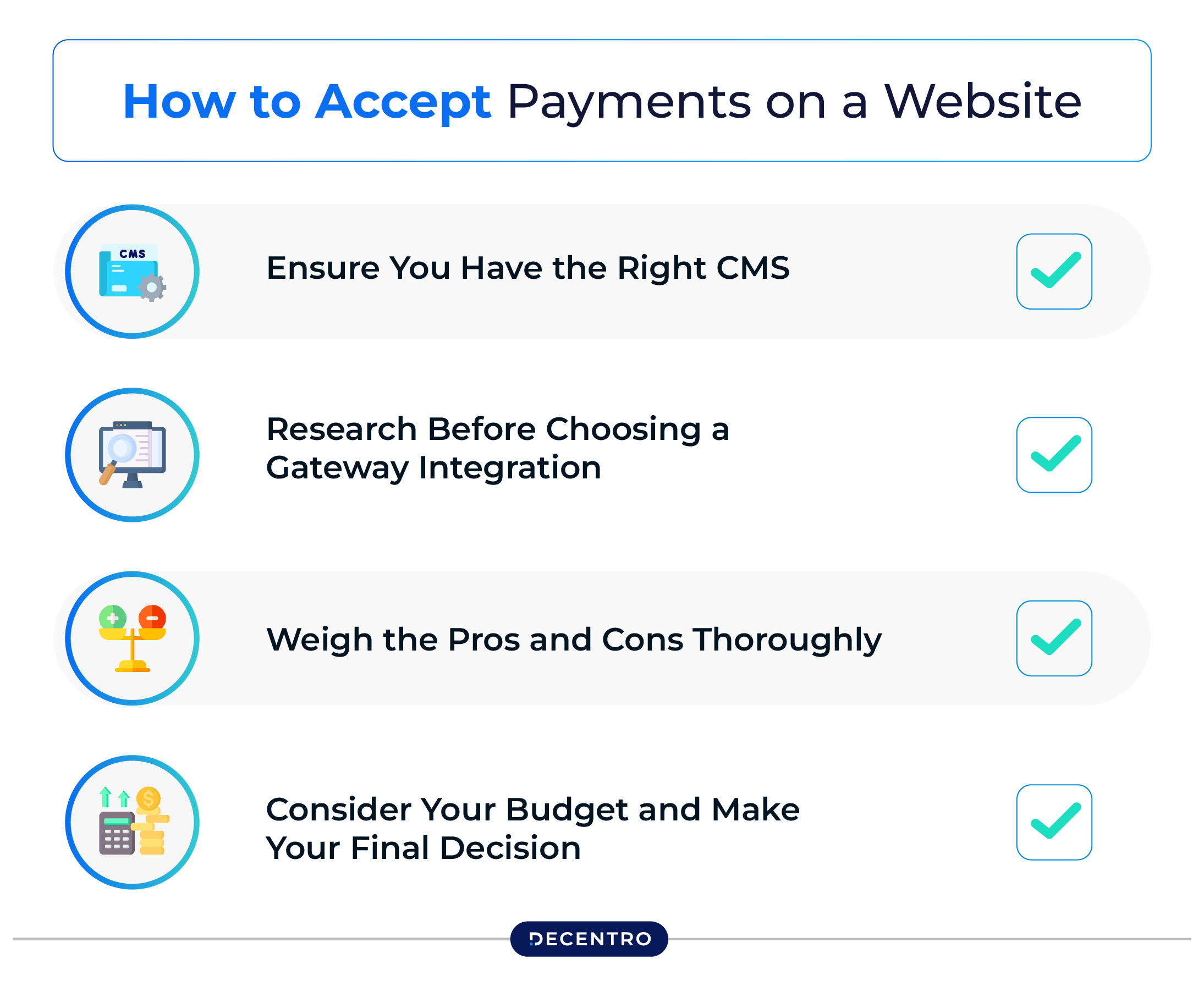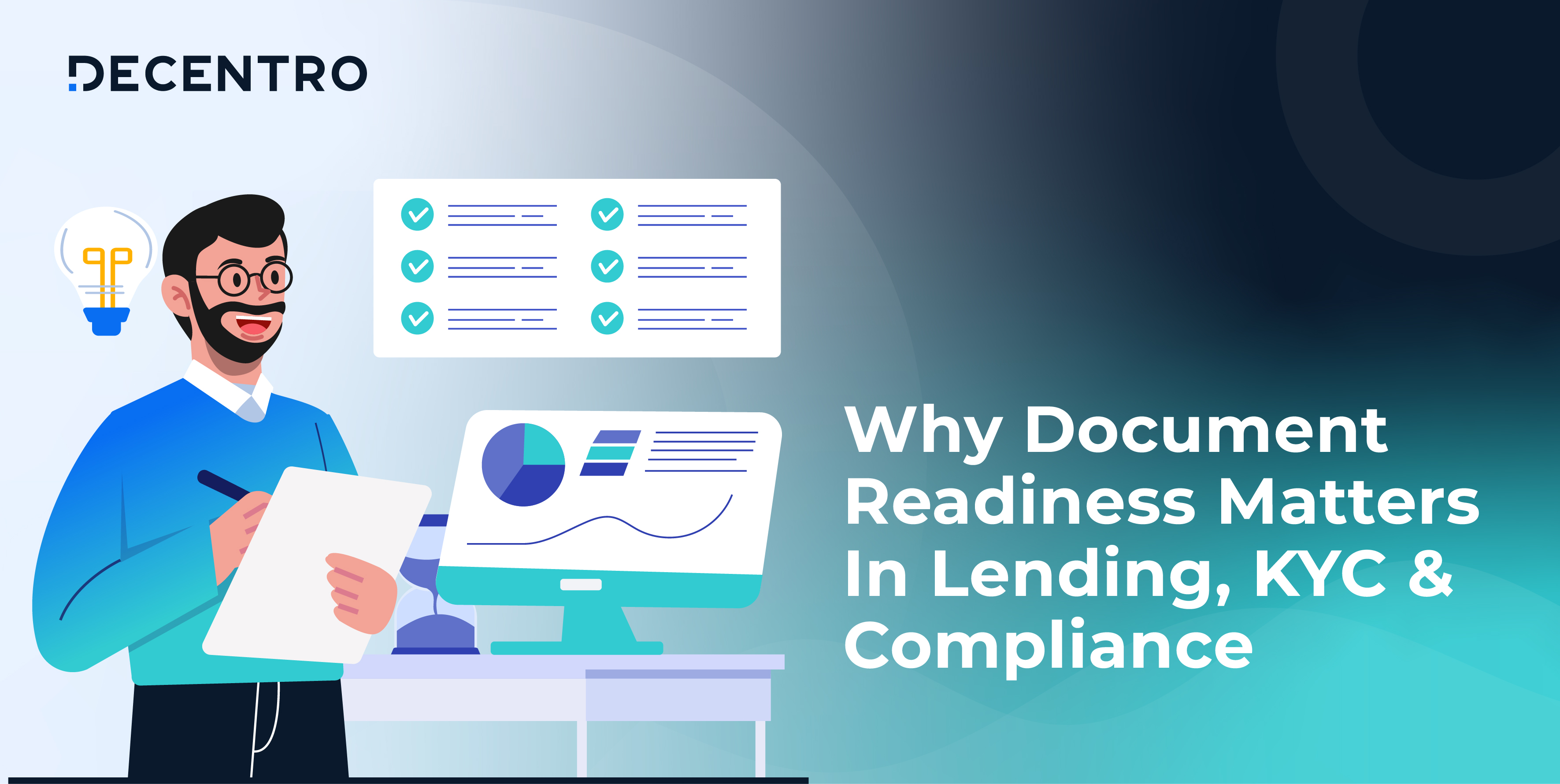Learn everything you need to create a smooth and secure payment system on your fintech website while optimizing the costs.

What Every Fintech Website Needs to Accept Payments
A true blue millennial trying to engineer her full time-career around the world of content. How cliché is that?
Table of Contents

Almost every fintech website thinks about the checkout process at some point. In theory, it’s all smooth and easy. But when you get into the details, you understand just how complex it is and how many challenges exist.
That’s why we’ve prepared this guide, where we share everything you need to set up a proper payment system on your website.
Why Should You Accept Payments Online?

Almost every business now has some form of payment system in place. And if you’re not doing this yet. It’s only a matter of time until you implement one.
The fintech industry is highly competitive. It’s no secret. Typically, businesses in this niche employ a range of strategies, including SEO, paid ads, referral marketing, and PR, to maintain visibility.
But in reality, sometimes, instead of cold outreach or another PPC campaign, finance websites might simply need to improve their payment systems to make it more comfortable for their users.
If you think about it, there are tons of benefits, as you can:
- Boost your sales and profits by encouraging customers to make more purchases. Online payments mean convenience — the easier it is for customers to pay for stuff, the more likely they are to buy, which means more revenue for you.
- Improve customer experience and satisfaction. You get to reduce friction at checkouts. Plus, this type of payment system is available 24/7.
- Easily grow your business. You can sell to anyone, anywhere. It’s easy to expand your business to international markets once you integrate online payments.
- Stay ahead of the competition. This can help you stand out from the crowd, especially if you’re one of the few brands that offer this perk. And if you don’t have a website payment option, customers will go to the brand that does.
But it’s so easy to get lost in all those online payments. So, let’s see what options you have to help you pick the ones that work best for your niche and audience.
Different types of payments

Payment options for websites come in different flavors:
#1 Credit and debit cards
Credit and debit cards are designed for fast checkouts, and it is also a payment option everyone expects to see on any website.
So, if you were to choose just one solution, it has to be this one.
Depending on your region, you might need to support different providers. Consider whether Visa, Mastercard, and American Express are sufficient for your needs. Because if you work with China, you might want to be able to charge UnionPay cards, or JCB if you operate in the Japanese market.
#2 Digital wallets
One popular option for those who want to add online payment to their website is digital wallets. Consider Apple Pay, Google Pay, PayPal, Venmo, and others.
These are super popular these days, especially among the young audience. So, if you target younger people, you want to give them this option of a fast and secure one-click checkout that digital wallets offer.
#3 Crypto
Another option primarily targeted at youth is cryptocurrency. Of course, not every business needs it, but if you have a blockchain startup, for example, it makes all the sense in the world to set up this option as well.
Normally, you’ll need a crypto processor like CoinGate or BitPay to be able to accept crypto payments. For instance, knowing how much 0.01 BTC to USD converts at any given moment can help you price products or services accurately. You can also only accept stablecoins to avoid any potential exchange issues.
#4 Buy now, pay later (BNPL)
The BNPL market is booming and is projected to grow to $167.58 billion by 2032.

Source: Fortune Business Insights
The whole concept of getting a product/service now but paying later seems like a big part of the economy and consumer mindset nowadays.
So, integrating BNPL systems like Klarna, Afterpay, etc., could be a good idea to consider.
#5 Direct transfers
Often, when you are targeting older people, work in B2B, or offer bulk purchases, having the option of direct transfers is a great solution.
But if you’re selling some household items, you might skip this option.
#6 Mobile money
Mobile money is a system that allows people to use their phone numbers as a kind of payment system. It’s quite popular in some African, Asian, and Latin American countries, or other places where banking access may be limited.
So, if you target those regions, consider this checkout method, as many people use their mobile money wallets for daily transactions.
#7 Unified Payments Interface
The Unified Payments Interface (UPI) is a widely used payment system in India. It allows your clients to pay by simply using their phone number, QR code, or a virtual ID.
If you are marketing to people in India, then having this is non-negotiable. Plus, it’s available around the clock and is very convenient. The transactions are done instantly, which is a big plus compared to bank transfers.
Source: Backspace Tech
How to Accept Payments on a Website

The good news is that there are many good options for fintech websites that want to accept payments from their sites. They only need to:
#1 Ensure You Have the Right CMS
Often, when picking a CMS, businesses tend to look for a number one solution that is mobile-friendly, loads fast, and has great optimization features. But there is also another major factor — its payment processing abilities.
Not every CMS is designed to allow online payment. The good news, though, is that most popular platforms, including Shopify, Wix, and WordPress, allow payment integration. If you have a custom-built website (like many dropshipping websites), consult with your developers to understand your options.
Often, you have the flexibility to choose between the payment solution offered by the platform and integrating a third-party payment system. Speaking of which…
#2 Research Before Choosing a Gateway Integration
There are many payment gateways out there. So, the first thing you want to do once you confirm your platform can allow online payments is to choose a payment gateway.
Want to make the process easy?
Decentro helps you receive payments seamlessly through UPI. It’s a fully compliant option that helps you reduce transaction costs and improve your customer experience.
You can go with the API suite for a more robust solution. This works well for recurring payments, UPI collections, virtual accounts, and much more.
#3 Weigh the Pros and Cons Thoroughly
Every payment gateway has its pros and cons. Some charge a higher fee but offer more robust features. Others might be cheaper, but you may end up paying extra for one reason or the other. So, take your time to research the benefits and fee structure of each gateway.
Additionally, ensure you select one that is easy for you to use. Because some might require more technical skills than others to set up and operate.
#4 Consider Your Budget and Make Your Final Decision
You can always negotiate with the gateway providers to obtain a different quote from what is publicly advertised. The processing fees typically range from 1.5%-3.5%, and they can quickly add up. So, you want them to cut down the costs as much as possible.
Most are happy to do that. You can even reach out to several providers and compare their quotes. When you get one with offerings and pricing you like, go for it.
Ideally, you should also do some tests to ensure that the system is working correctly before launching anything.
Best Tactics for Optimizing Costs
Payment solutions for fintechs can get quite expensive. We have already mentioned one of the ways you can make it more budget-friendly — negotiating with the providers. But that’s not all. Here are some other tips you can try:
#1 Go For the Right Payment Processors
The right payment processor or getaway model is the one that can help you grow your brand. So, you want to carefully read the contracts of any prospective model you’re looking at and make sure that it is just right for you.
Most will offer tiered pricing. This means the charge they give you will depend on your average transaction volume, size, and the region where your customers are coming from.
Still, some might set a fixed fee. The perk of this is that there will be no hidden or unexpected charges. Still, this is not the most flexible solution and might not be the best if you’re still a growing business.
Some processors charge a flat pricing rate, where you pay a fixed fee for each service. However, before you go with this, you want to be sure that there are no hidden expenses.
As much as possible, go with a local processor as they’re often cheaper than global ones, especially if you don’t operate internationally.
#2 Make Good Use of Your Negotiation Skills
Many people usually go for higher volume purchases as they get more profit. You can do the same when you start getting more online checkouts.
If possible, go for a long-term contract. You’ll usually get a much more favorable contract this way. If you have the funds, you should definitely partner with multiple payment processors.
This will give you more discounts while giving you more volume. Still, it can only work if you’re earning enough and have the transaction volume to qualify for a discount.
#3 Choose Cheaper Processing Methods
If you’re just starting out, consider using the cheaper-to-process payment methods.
This may include bank transfers, debit cards, or digital wallets. Direct transfers are the cheapest of these options, while wallets like PayPal or BNPL are more likely to have higher processing costs.
So, if you do opt for the wallets, be sure to select them carefully. Even then, you still have to use smart routing with a payment gateway.
#4 Minimize currency conversions
When converting currency, the exchange rate changes all the time. And sometimes, it isn’t the most favorable one. If you have to do these conversions over and over again, you will be losing money in fees. So, what can you do instead?
You can use PSPs with fixed exchange rates, or you can open multi-currency accounts. Alternatively, you can simply accept payments in your local currency only and skip all the hassles of currency conversions.
Conclusion
As we’ve covered all the basics, you now have a great foundation to find a proper payment system for your website. If you can, don’t rush this process and try to research as much as possible. While it is time-consuming, it will pay off later on.
Still, you can skip all the hassle and go for a payment gateway solution that has earned the trust of over a thousand businesses — Decentro.
Not only is it easy to set up, but it has a solid, full-stack API infrastructure to connect with all your favorite tools. Decentro offers APIs across various financial services, including payments, banking, KYC, lending, and account verification.
So, if you want a secure and efficient solution, you know where to look for it.


